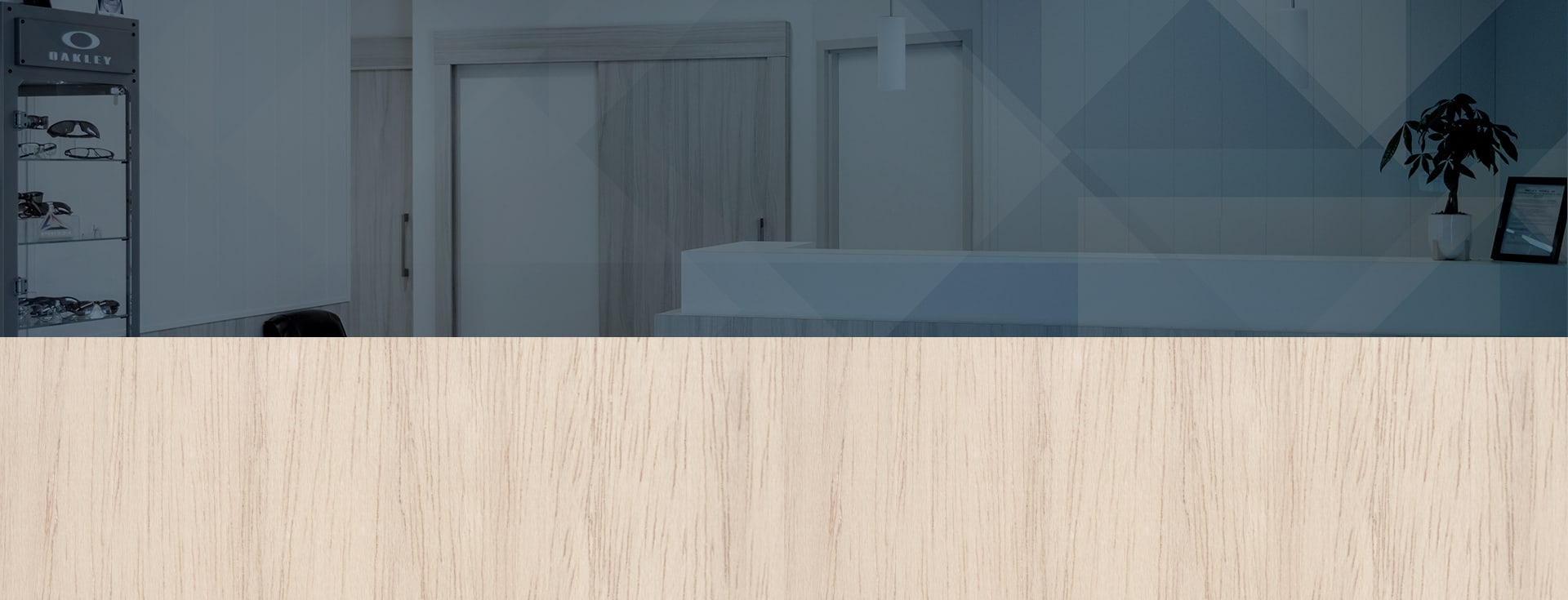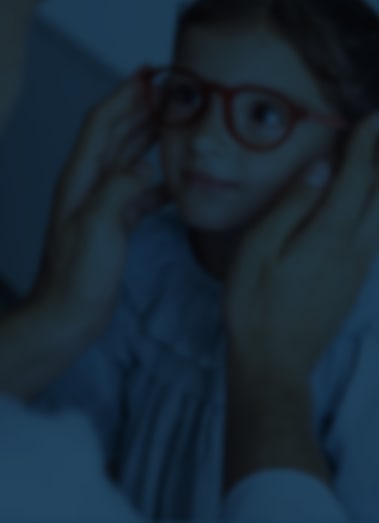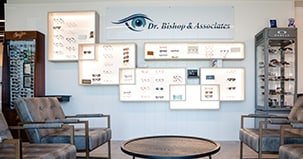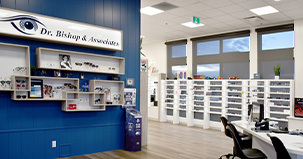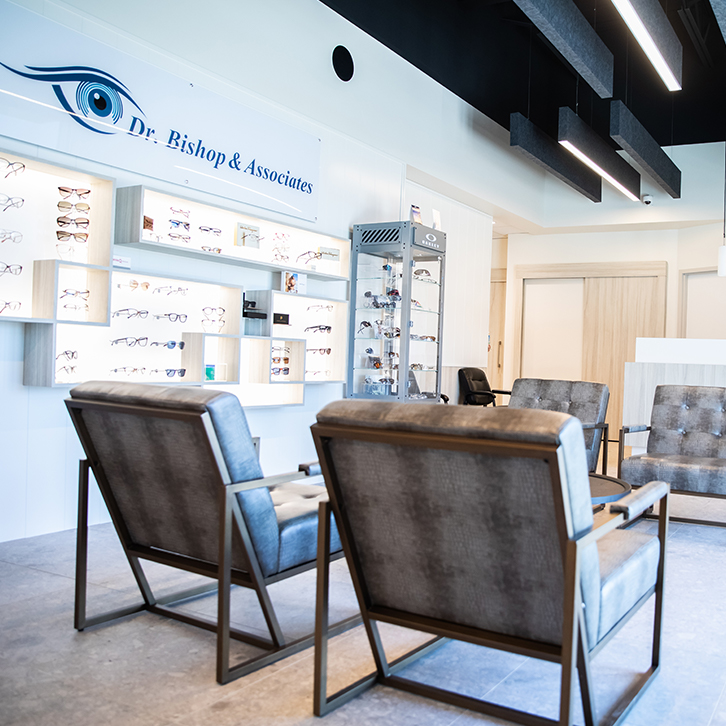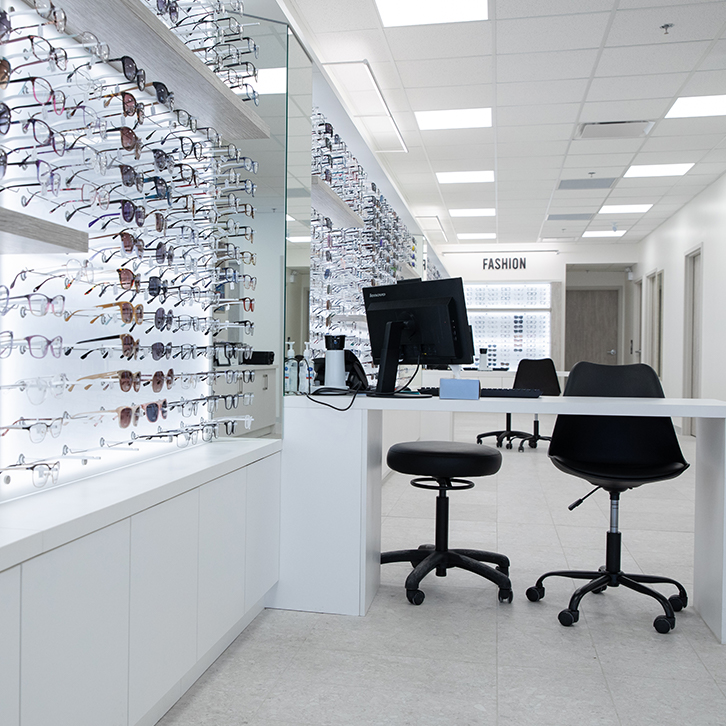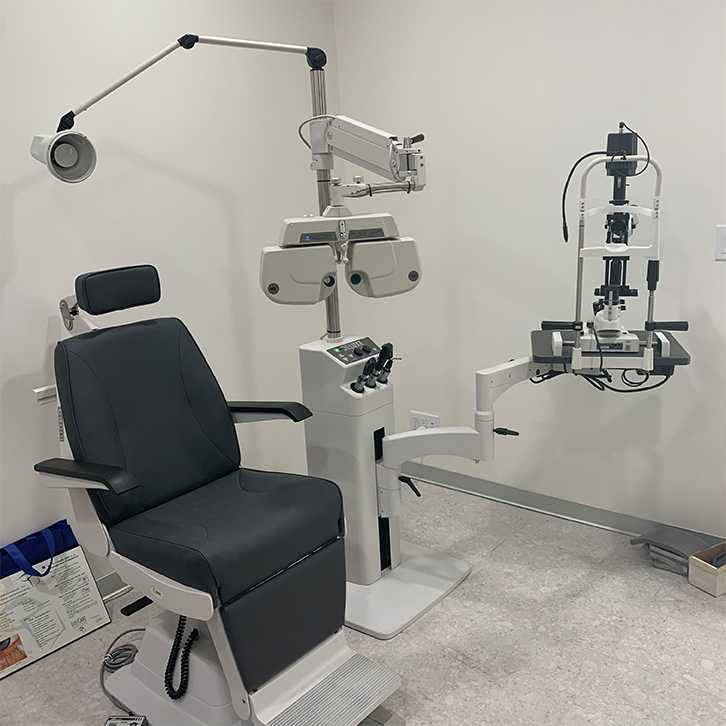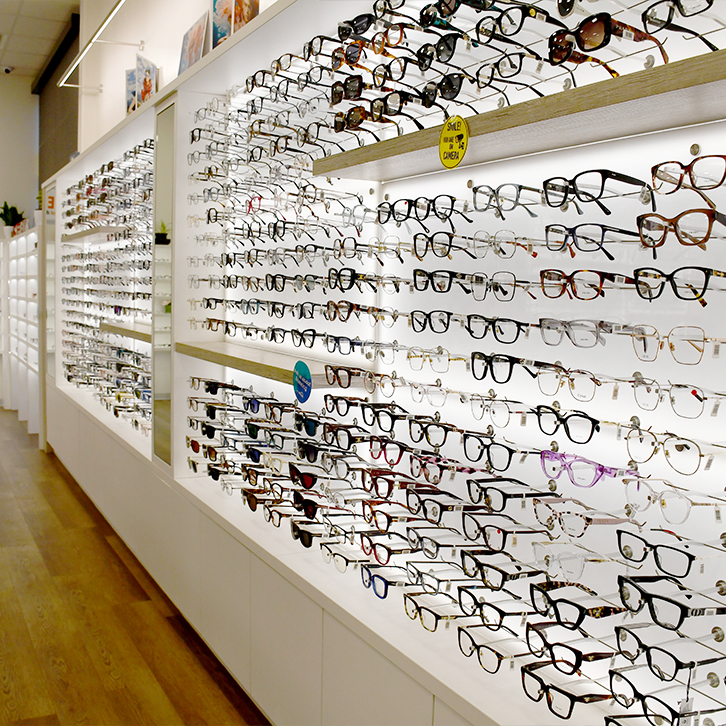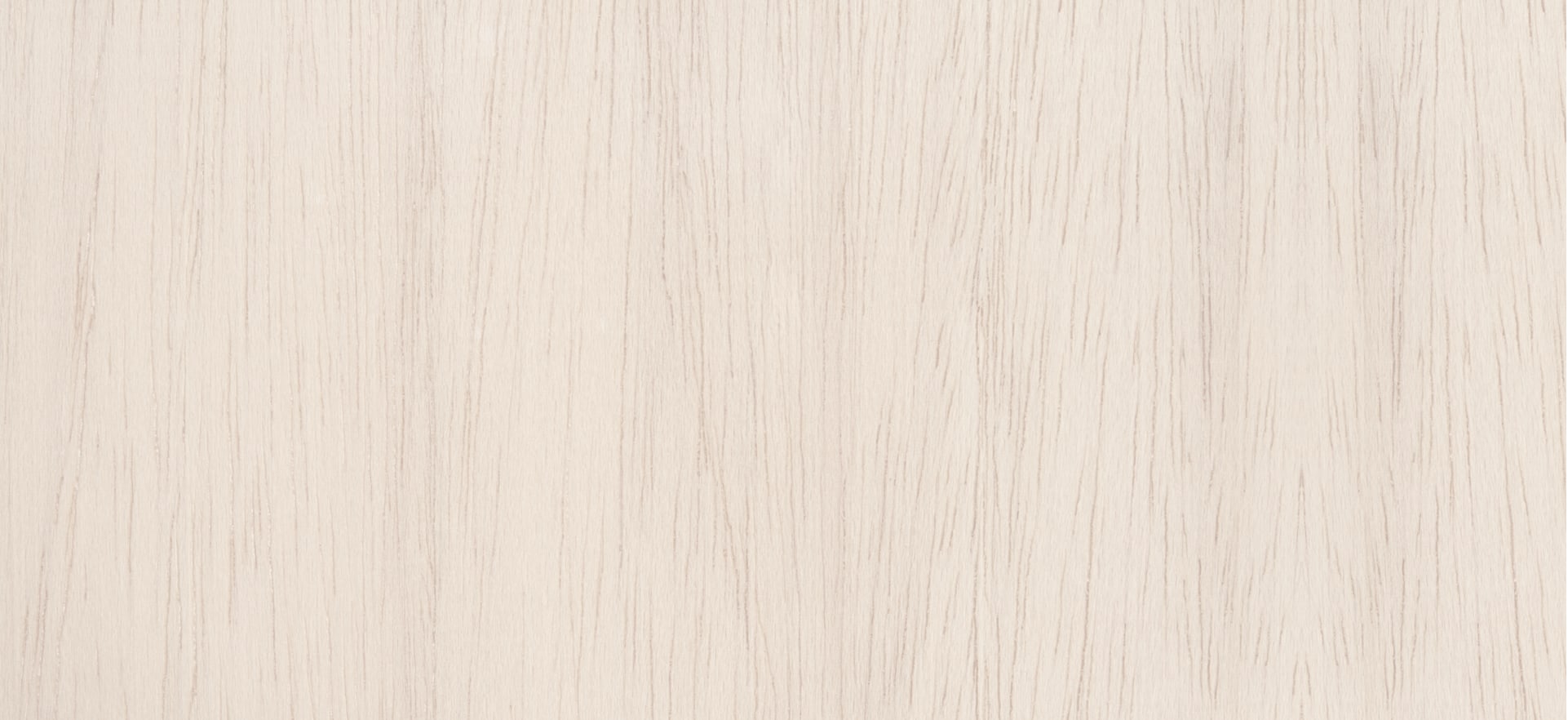Yearly comprehensive eye exams can help your optometrist assess your child’s overall eye health and check for any signs of eye conditions.
One of the most common eye conditions we diagnose in children is myopia. If your child has been diagnosed with myopia, you probably have questions like: “Does Myopia get better as my child ages?” or “What can I do to help my child with myopia?”
Luckily, we’re here to answer any and every question you have about myopia. Keep reading to learn more!
What is Myopia?
Myopia is a type of refractive error more commonly known as nearsightedness. If your child has myopia, it means they can see objects close to them clearly, but distant objects look blurry and out of focus.
Myopia occurs when the eye is too long, or the cornea is too curved, causing light to focus in front of the retina, instead of directly on it.
Symptoms of Myopia
Myopia can only be diagnosed during an eye exam. Before you get diagnosed you may notice a range of symptoms, including:
- Headaches
- Squinting to see clearly
- Eyestrain
- Blurred distance vision
- Difficulty seeing at night
Unfortunately, children often don’t communicate when they are having vision symptoms. If your child has myopia you may be able to notice that they:
- Are having difficulty focusing
- Blink or rub their eyes often
- Need to sit close to objects to see them
What is a Refractive Error?
A refractive error is an eye disorder that affects more than 150 million Americans. Refractive errors occur when the eye cannot properly focus light on the retina, resulting in blurred vision.
The four most common refractive errors are:
- Myopia affects how well you can see objects at a distance
- Hyperopia affects how well you can see near objects
- Astigmatism distorts both near and far vision
- Presbyopia leads to difficulty seeing at arm’s length
While refractive errors cannot be prevented or cured, they can be slowed.
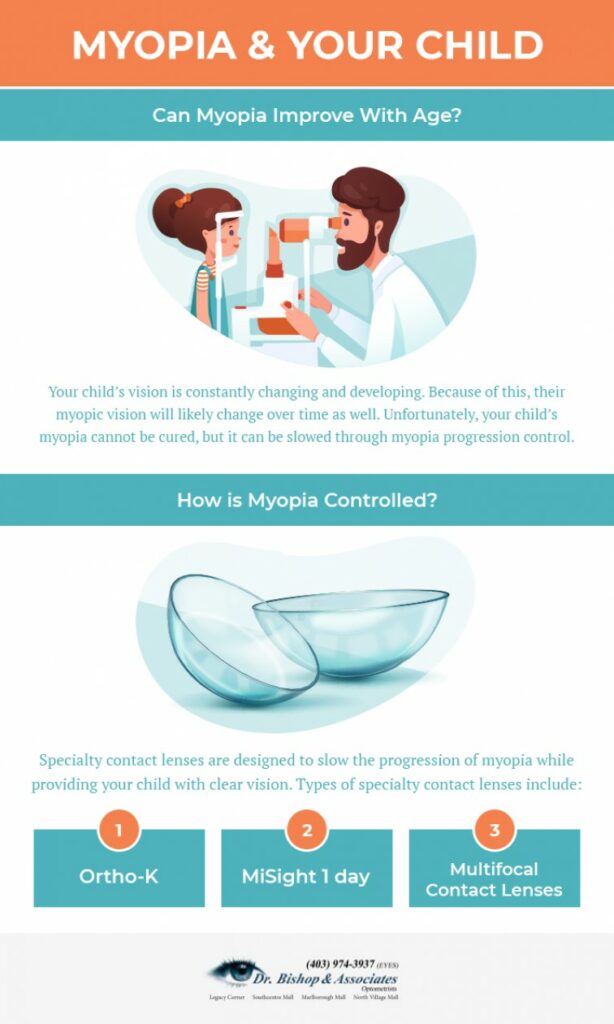
How Does Myopia Change with Age?
Because your child’s vision is constantly changing and developing, their myopia symptoms will likely change as well. In some cases, you may notice that your child’s distance vision seems to get better, especially if they’re entering their 20’s.
If you do notice that you or your child’s vision is getting better, it may be due to:
- Vision stabilization
- The end of the eye growth phase
- Development of other eye conditions
- Worsening of other types of refractive errors
These factors may be the reason there is a common myth that myopia gets better with age. But really, studies have shown that myopia tends to progress as you get older.
The best way to protect your child’s eyes against myopia is to maintain a regular eye exam schedule. Your child’s optometrist can suggest multiple myopia control treatments to help them see their best!
How is Myopia Controlled?
Myopia control is a practice used by many optometrists to help slow myopia progression in children. Myopia control is a broad term that covers a number of treatment options. Here are some of the methods your child’s optometrist might recommend:
Specialty Contact Lenses & Glasses
While glasses and contact lenses can correct your child’s vision if they are suffering from myopia, specialty contact lenses and glasses go one step further.
Specialty contact lenses such as Ortho-K, MiSight, Acuvue Abiliti, or multifocal lenses are designed to slow the progression of myopia while providing your child with clear vision.
Additionally, myopia progression can also be controlled with specialty glasses, such as the miyosmart lens from Hoya or the soon-to-be-released stellest by Essilor.

Atropine Drops
Atropine drops are another method that optometrists use to slow myopia’s progression in children. Atropine drops work by slightly dilating the pupil slightly and freezing the focusing muscles in the eye.
Get Help Controlling Your Myopia
Although myopia can’t be cured, controlling myopia from a young age can lead to better vision outcomes for your child. By booking yearly eye exams for your child, together we can protect and preserve your child’s vision!
If you’re interested in how myopia progression control can help your child, contact us today!


